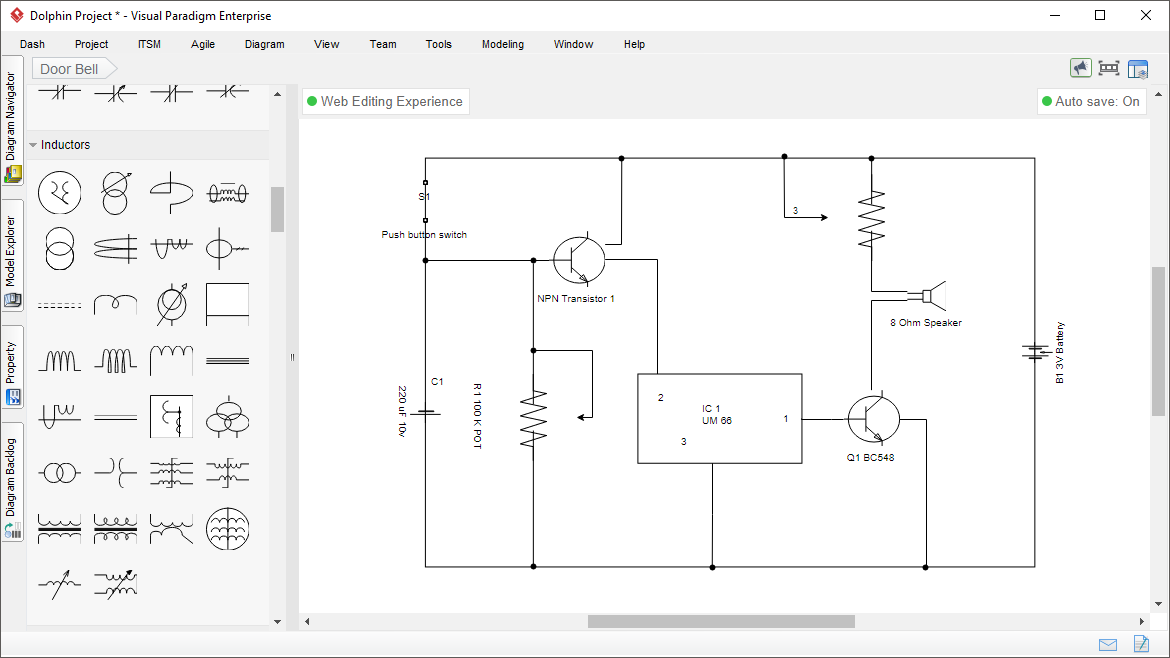

Rust enforces memory safety-that is, that all references point to valid memory-without requiring the use of a garbage collector or reference counting present in other memory-safe languages. Rust emphasizes performance, type safety, and concurrency. Rust is a multi-paradigm, general-purpose programming language. Septem 39 days ago ( September 22, 2022)Īffine, inferred, nominal, static, strong The requirement for this is at least to have the MSVS 2010 Ultimate version, and to have the MSVS Feature Pack 2 (this includes, from what I understand, Feature Pack (1) and the visualization and modeling tools).įor C++ however, using this Feature Pack 2, you can create dependency graphs that shows dependency arrows between. However, for C# you should be able to generate a new Modeling project in your solution, create an empty UML class diagram inside it, and then drag any class from any project into that class diagram (haven't tested it, though).
Visual paradigm express professional#
Visual Studio 2010 (also Professional edition and beyond) can generate "class diagrams", but not UML class diagrams. Anyone who claims this, hasn't tried it :D Visual Studio 2010, regardless which edition, can NOT, I repeat, can NOT generate UML class diagrams from C++ code.
Visual paradigm express free#
For that, I recommend Visual Paradigm for UML, which has a free version that adds watermarks to the diagrams and also has a Visual Studio plugin available. If you have the UML tools with Visual Studio, use them since they're available, but they're not the best UML tool on the market by a long shot. Ultimately, your best bet is to do the UML by hand. If you're using native C++ it will not work, period. Additionally, Class Diagram for C++ doesn't work for me, however, so I don't know how much mileage you'll get from it if you're using C++/CLI rather than VB.NET. It should be stressed that a VS Class Diagram is not completely UML, although it looks similar.
Visual paradigm express code#
there's a feature of all versions of Visual Studio called a "Class Diagram" which is tightly coupled to and propagates data to and from the code - modifying the diagram will modify the code, and vice versa. But that's something you'll hopefully learn over time. What you should do is generate the UML before you code, then code against the model you built. are you using Visual Studio Ultimate? If so, you can create some UML diagrams in Visual Studio, but there is no support for reverse engineering UML from existing code you'll have to generate the UML diagrams by hand. I assume you meant Visual Studio 2010.Īs to doing UML.



Your question confuses me, particularly when you mention using Visual Basic 2010 for C++.


 0 kommentar(er)
0 kommentar(er)
